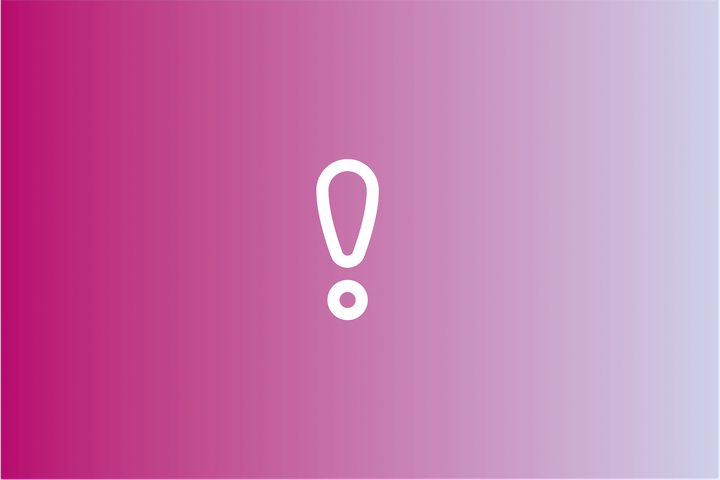The Strategic Uses for Org Charts
Discover how an org chart can drive strategic planning, ensure compliance, and prepare for future scenarios.

The humble org chart is often relegated to the role of a simple HR diagram, a mere snapshot of who reports to whom. But what if I told you that this tool holds the key to unlocking a treasure trove of strategic insights?
Let's have a look at the strategic uses for an org chart that go beyond the basics, transforming it from a static document into a dynamic blueprint for success.
Regulatory Compliance and Governance
Let's start with the complex world of regulatory compliance and governance. In this arena, an org chart is not just a tool; it's a compass.
It provides a clear visual representation of your organization's structure, which is crucial when you're navigating the intricate requirements of regulatory bodies.
Regulatory Compliance
Imagine your org chart as a map that outlines the flow of responsibility and accountability.
It's a visual affirmation that your company is structured in a way that meets legal and ethical standards. When regulators come knocking, you can present your org chart as evidence of your commitment to compliance, showing a clear line of sight from the C-suite to the front lines.
Governance
But it's not just about compliance.
Governance is about steering the ship, and your org chart is the rudder. It helps you ensure that decision-making processes are transparent and that roles within these processes are clearly defined. This clarity is gold when it comes to maintaining trust with stakeholders and ensuring that your governance practices are beyond reproach.
Scenario Planning
Now, let's shift gears to scenario planning. This is where your org chart transforms into a crystal ball, allowing you to peer into the future and prepare for various possibilities.
'What-If' Planning
Scenario planning is all about asking "What if?" What if a key player leaves? What if you need to pivot quickly in response to market changes?
Your org chart can help you visualize different scenarios and plan accordingly. It's a tool that helps you anticipate change, rather than just react to it.
Resilience and Readiness
By mapping out potential changes in your org chart, you're not just conducting tactical planning; you're building resilience.
You're creating a framework that allows your organization to remain agile and responsive, no matter what the future holds. This readiness is invaluable in a world where change is the only constant.
Budgeting and Strategic Planning
Finally, we come to the heart of strategic management: budgeting and strategic planning. Here, your org chart becomes a blueprint, guiding the allocation of resources and the direction of your strategic efforts.
Budgeting Planning
When it comes to budgeting, your org chart helps you see the big picture.
It allows you to align your financial resources with your organizational structure, ensuring that each department is funded according to its needs and strategic importance. This alignment is crucial for maximizing efficiency and ROI.
Strategic Planning
In strategic planning, your org chart is a living document that evolves with your strategy.
It helps you identify gaps in your organization that need to be filled to achieve your strategic goals. It also enables you to spot opportunities for restructuring that can lead to better performance and competitive advantage.
Conclusion
In conclusion, the strategic uses for an org chart are as varied as they are valuable.
From ensuring regulatory compliance and governance to facilitating scenario planning, and from guiding budgeting to informing strategic planning, the org chart is a veritable Swiss Army knife of strategic tools.


